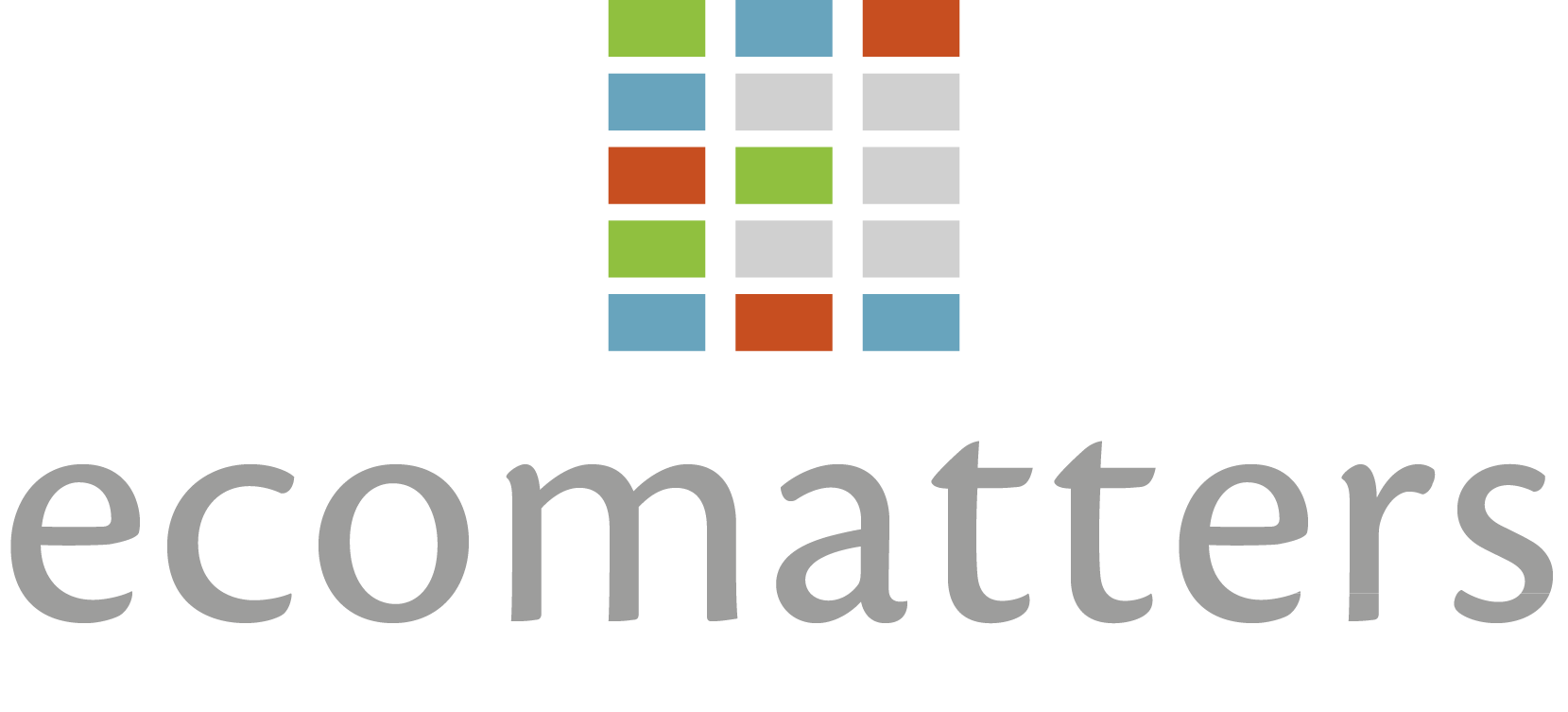What is the Global Reporting Initiative and why is it relevant today?
The Global Reporting Initiative (GRI) is one of the main internationally recognised standards for sustainability reporting. More information about the other standards can be found on our reporting standards page. GRI’s framework for sustainability reporting helps companies identify, gather, and report ESG information in a clear and comparable manner. First launched in 2000, GRI’s sustainability reporting framework is currently the most popular, well-known, and widely accepted framework used by multinational organisations, governments, small and medium enterprises (SMEs), NGOs, and industry groups.
Understanding the GRI standards
The GRI provides a comprehensive framework for sustainability reporting, helping organisations of all sizes report their environmental and social impacts in a consistent and comparable manner. Within the GRI, there are several standards. These are structured in three layers:
- Universal standards: foundation and general disclosures
- Sector standards: industry-specific guidance such as for the Oil and Gas sector, Coal sector, or Agriculture, Aquaculture and Fishing sector
- Topic standards: focused on specific ESG issues such as emissions, biodiversity, or human rights
When reporting in accordance with the GRI, you must apply all three universal standards, use the sector standard most relevant to you and follow the topic standards applicable to your identified material topics.

How to approach GRI reporting
Implementing GRI reporting can seem complex at first, but breaking it down into key phases makes it manageable and effective:
- Scoping & stakeholder engagement
Begin by identifying key stakeholders—both internal and external—and defining the boundaries of your report. What entities, operations, or value chains will be included? - Materiality assessment
Conduct a materiality analysis to determine which sustainability topics matter most to your stakeholders and business model. This ensures your report focuses on what truly matters. - Data collection & validation
Using the GRI Standards as a guide, gather the required quantitative and qualitative data across selected material topics. Ensure data quality by using consistent methodologies and involving relevant departments early. - Drafting the Report
Develop a report that covers your organisation’s impact, management approach, and performance indicators. Use clear visuals and accessible language to enhance understanding. - Internal review & optional external assurance
Before publishing, conduct a thorough internal review. Many organisations also seek limited or reasonable assurance for enhanced credibility. - Publication & communication
Share your report publicly—typically on your website—and communicate the key messages across stakeholder channels.
When should you start? A timeline
A robust GRI aligned report can take 3 to 6 months to develop, depending on organisational maturity, data availability, and the level of internal alignment. Key milestones often include:
- Month 1: Planning, stakeholder mapping, materiality analysis
- Month 2–3: Data collection, drafting, internal coordination
- Month 4: Finalisation, internal review, optional assurance
- Month 5–6: Design, translation (if needed), publication
Starting early and involving all relevant departments can make the process smoother and reduce reporting fatigue.
Benefits of GRI Reporting
- Transparency builds trust: A GRI-compliant report demonstrates commitment to sustainability and strengthens stakeholder confidence.
- Improved risk management: Identifying ESG issues helps address risks early and increase the long-term resilience of your company and its supply chain.
- Enhanced decision-making: Structured reporting provides insights into sustainability performance and highlights areas for improvement.
- Market differentiation: Transparent reporting can set your organisation apart, particularly with customers and investors who value ESG leadership.
How does the GRI interact with other reporting frameworks and directives?
GRI reporting serves as a strong foundation for aligning with both the EU’s Corporate Sustainability Reporting Directive (CSRD) and the Carbon Disclosure Project (CDP). The GRI acts as a valuable connector, enabling companies to build one cohesive sustainability reporting system that serves multiple frameworks. As such, organisations already using GRI are often better prepared to complete CDP disclosures, particularly in areas such as emissions, energy, and supply chain engagement.
Ready to take the next step?
Implementing GRI reporting can present various challenges—such as integrating sustainability into existing business strategy, collecting reliable data, or aligning with evolving regulatory expectations like the CSRD. At Ecomatters, we offer tailored, hands-on support to help you navigate these complexities with confidence.
Our team can support you with:
- Strategic alignment of the GRI with your business goals and material topics.
- Calculation of environmental footprints at the product or organisational level.
- Design and implementation of reporting systems in line with the GRI Framework.
- Measurement of emissions under your direct control (Scope 1 and 2 emissions) as well as your organisation’s indirect (Scope 3) emissions.
- Value chain assessments, tool development and support for sustainability-focused marketing.
- Guidance throughout internal reviews or external assurance processes, including integration into the annual report.
Our approach is practical, expert-driven and fully customised to your company’s needs—whether you’re reporting for the first time or looking to raise the bar.
If you would like to discuss working with Ecomatters on Sustainability reporting – GRI, contact us or schedule a call with one of our experts.
Reporting standard services
Contact us
Brienne Wiersema
Maria Haneveer
Case studies
Ecomatters supported AkzoNobel in their 4-Dimensional Profit and Loss Accounting…
Call with our consultant
Do you want to know more about how we can help? Schedule a call with one of our consultants to ask your questions.




